Sonic games are something I haven’t really ever written about because I never thought that I had to. It’s like trying to review Mario, or Pac-Man, or Space Invaders. You already know that those games are good, what would be the point of me telling you this? At least, that was the assumption I had.
Now, I don’t live under a rock. I know that there has been a long running talking point that “Sonic Has Never Been Good” going for the last few years (and by “few years,” I mean like “a decade”). I’ve always ignored it, because it’s wrong; a handful of mediocre Nintendo titles and one atrocious XBox game does not retroactively kill a long-running series. But it does feel like that talking point is getting louder and louder, punctuated with a complete misunderstanding of what makes Sonic good in the first place. So I guess I can use my platform for good, and take a look at the very first Sonic The Hedgehog.
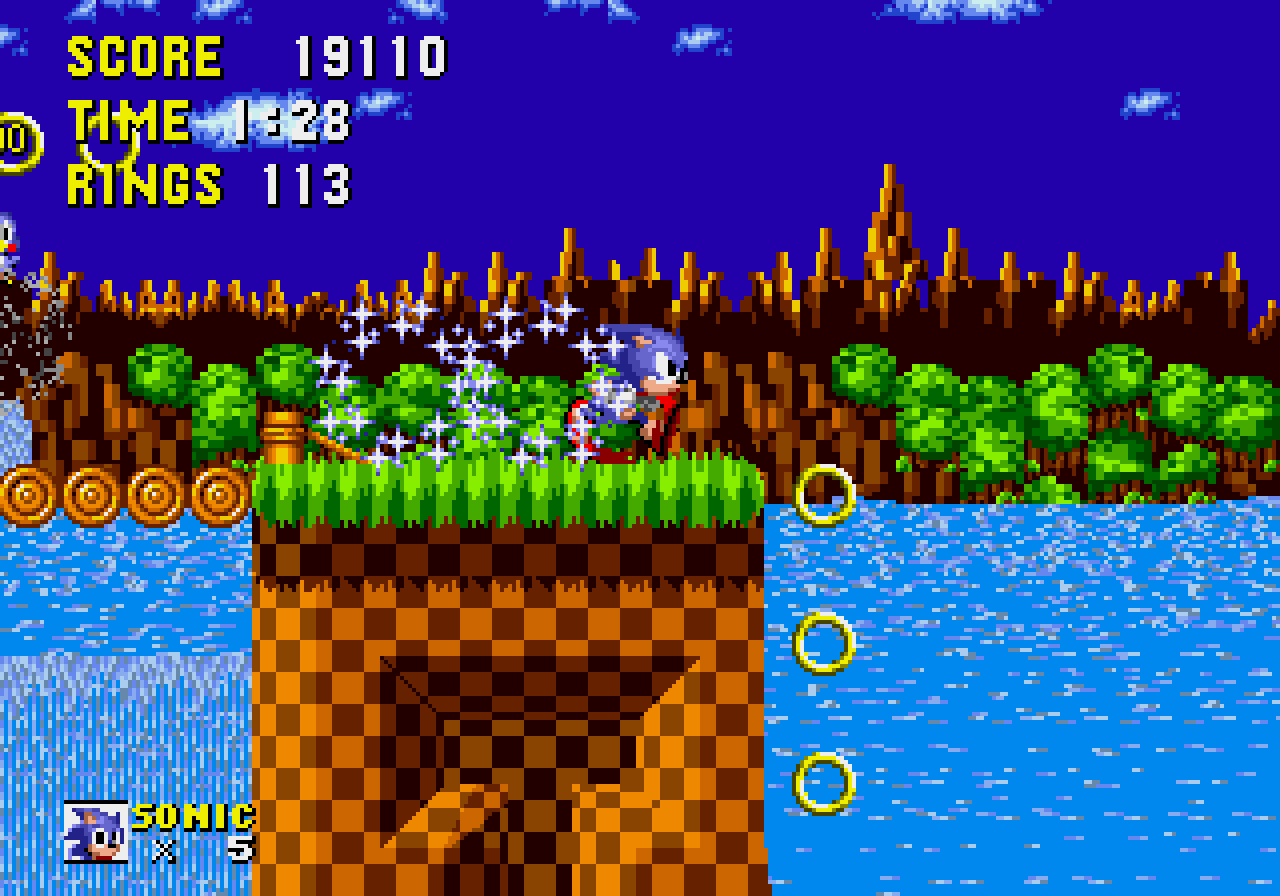
Sonic is like a lot of games from the era: you run, you jump, you collect stuff. But what sets this game apart is that Sonic does all of these actions, but faster than everybody else. Not only does Sonic have a fast running speed, he gains additional speed through his momentum doing things like running downhill, or ducking and rolling himself into a ball. This is where a lot of misconceptions about Sonic begin. Because Sonic can run fast, that clearly means that he should always be running fast. Green Hill Zone, the game’s first area, exists to show you how Sonic handles. The three acts in Green Hill all act as a demonstration of Sonic’s speed and momentum, with it being possible to finish the entire zone within 2-3 minutes (or even less) if you know what you’re doing.
Then you enter Marble Garden Zone.
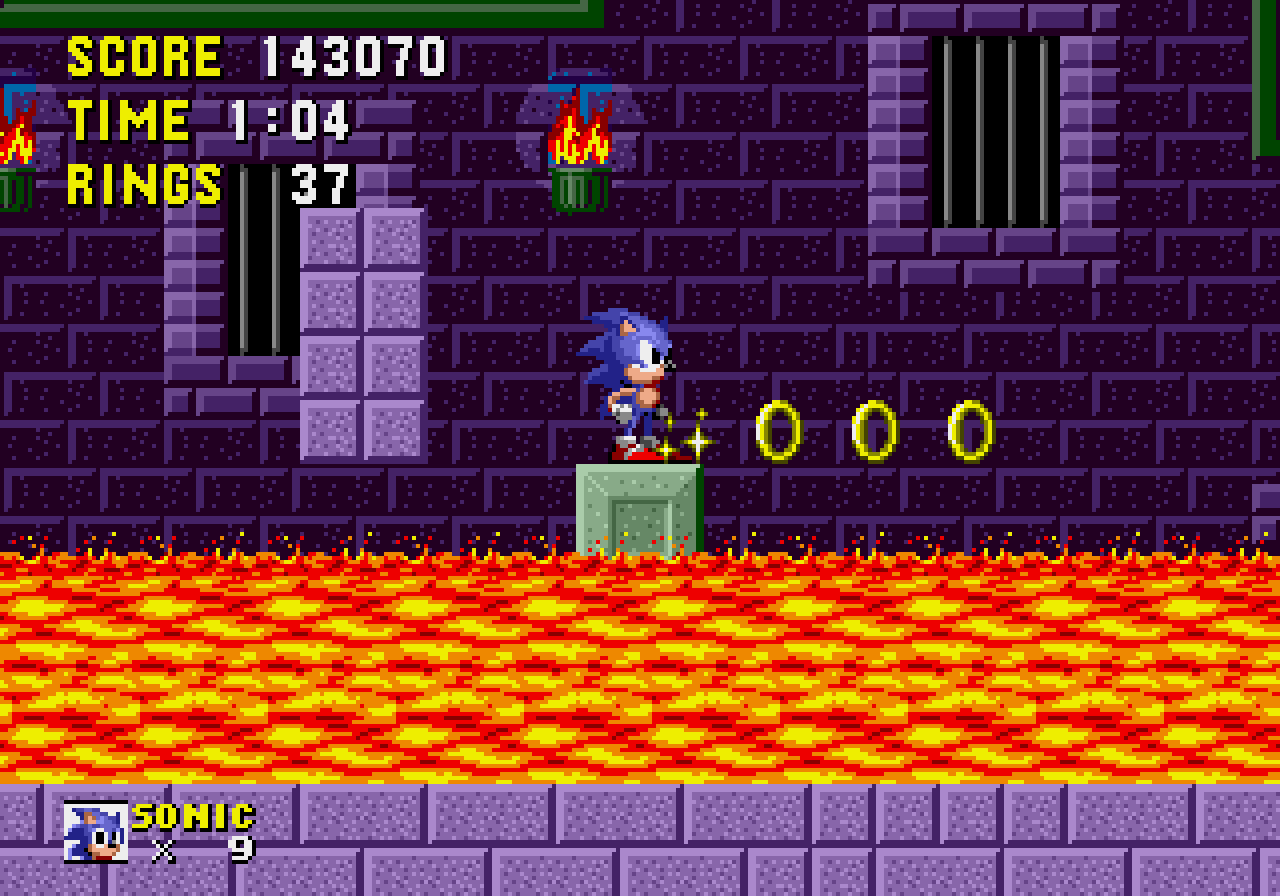
This is where things break down for a lot of people. Marble Garden’s conceit is the use of traps and having to rely on traveling long distances on slow moving platforms. You are discouraged from using your speed, unlike Green Hill Zone encouraging the use of speed. This is seen as a bunch of bullshit. Why can’t I simply run through? Why is everything so slow now? Why can’t I just hold right on the D-Pad to win?
Have you ever driven a car before? When you get into the driver’s seat and put the car in gear, do you immediately slam your foot on the accelerator until you hit 100? No, of course you don’t. That’s an easy way to collide into a telephone pole or a small child. You move along at a moderate pace so you’re ready to react in case something happens: you encounter deep pot holes, something falls off the back of a truck, an animal darts out into the road, and so on. You slow down when you need to make a turn so you don’t flip your car and separate your neck into neat little segments. Playing Sonic is very similar. Just because you can speed along as fast as you can, doesn’t mean that you should. It benefits you to move through some levels cautiously if you don’t know what particular challenge lies ahead. Rolling Sonic into a ball is a defensive move to deal with most enemies in the game, and you are encouraged to do this any time you take off down a hill or through a loop-de-loop. Charging at everything headfirst will only serve to get you killed. If you’re someone having issues with classic Sonic games, try and keep all of this in mind.
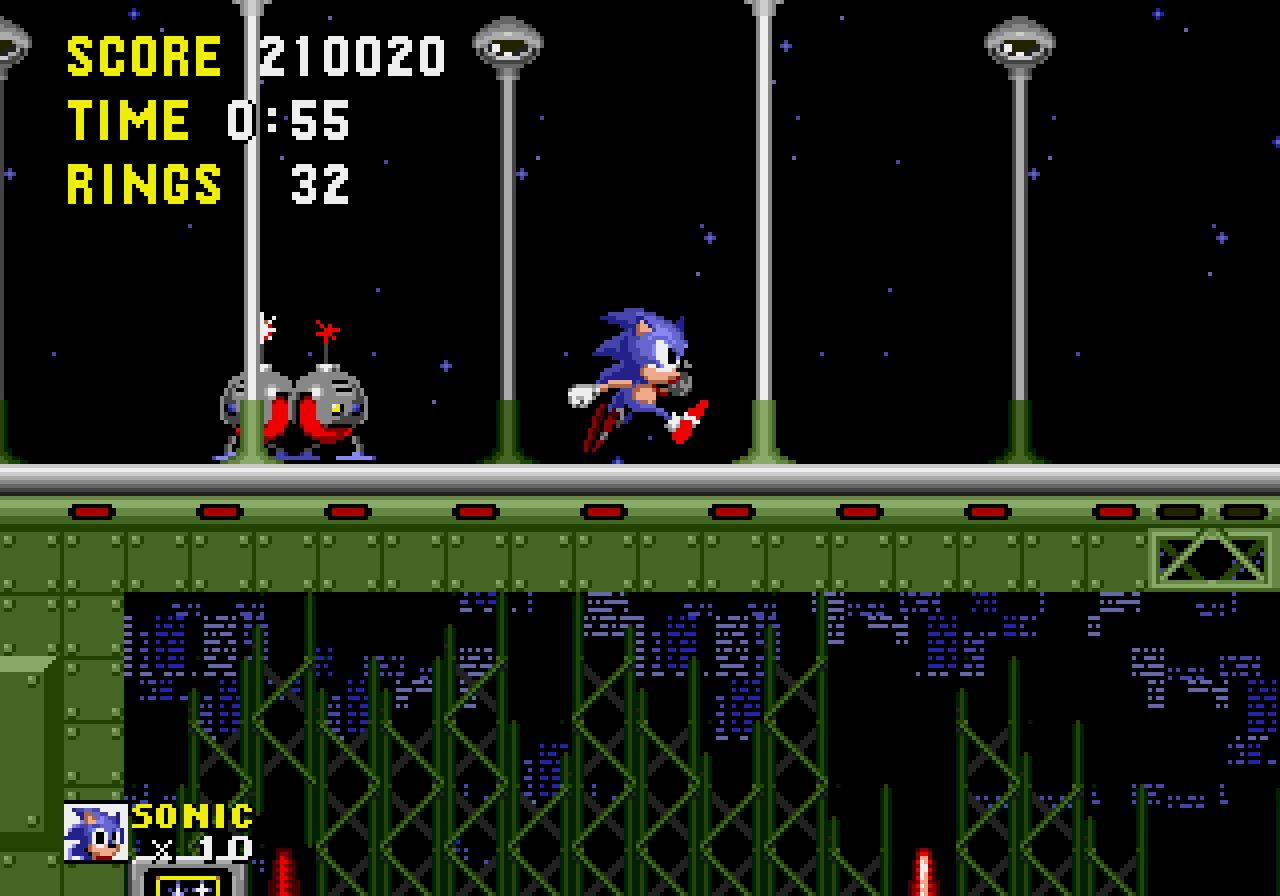
All this in mind, Sonic 1 is my favorite Sonic game. Two reasons for this. One, it’s the movement. Other than the aforementioned running, jumping, and rolling, Sonic doesn’t have any other abilities. This is Sonic at his most basic; no Spin Dash, no double-jump shields, no Drop Dash, no characters that can fly, nothing. Sonic has to rely on his innate skills, and I feel like that makes the level design stronger for it. There’s more of a satisfying friction to having to use momentum to climb uphill than simply revving up a Spin Dash at the base of that hill to get up there instantly. Again, it’s not just about speed, but it’s about how you use that speed. There is a deep half-pipe in Spring Yard Zone that illustrates this use of momentum perfectly. Pressing left and right on the D-Pad to try and run up ramps will only slow you down. However, jumping on one ramp, then letting yourself roll back and forth will build up so much speed that you will go flying out that half-pipe, even going off-screen. Little moments like that which stick out the most for me. Plus, the slower zones, like Marble Garden and even Labyrinth Zone (yes, controversial take, I think Labyrinth Zone is actually pretty good!), illustrate how precise Sonic can be. You would assume that a game where the protagonist is known for his speed might not handle super well when it comes down to needing precision, yet there has rarely been a time where I would finish a jump, then didn’t land right where I was aiming. I do not know what kind of black magic Yuji Naka used when programming Sonic, but he made this work. Playing Sonic 1 feels good. Underneath all the hype about speed and Blast Processing, there is a great, timeless game here.
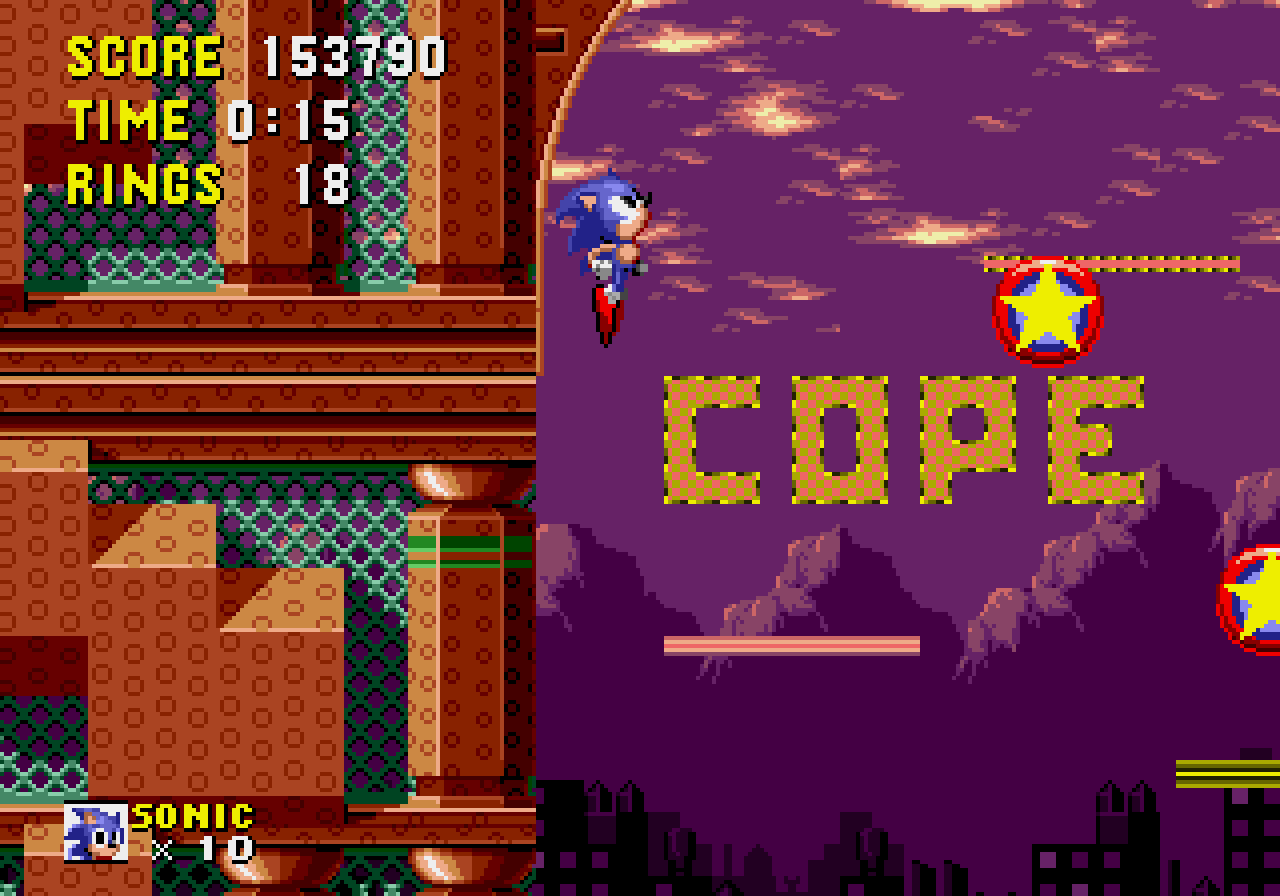
The other reason I like Sonic 1 is because of how it looks. Sequels to Sonic would add more colors, add more animation to all of the sprites, advances in technology would allow for more technical music, and would just add more in general. Now don’t get me wrong, Sonic 2 and Sonic 3 are still all-time classics, but there is something to the look and sound of Sonic 1 that sticks with me the most. This is one of the last Mega Drive games to have that “early” look. MD titles from 1989 and 1990 had these washed out colors, rough sound, and felt kind of dirty to play, like a low-budget straight-to-video action movie in game form (I mean this as a compliment). As I’ve mentioned many times in the past, I am fond of this look. A lot of Sega’s arcade output at the time were very soft, very hi-tech in their appearances, with colors bordering on pastels, so their console stuff looking so rough was a cool contrast. Compare Quartet to Rambo 3, or Golden Axe to, uh, Golden Axe. Also I like that Sonic 1 has actual environmental storytelling: you start your adventure in the daytime in Green Hill Zone, then you get to the afternoon in Marble Garden, then the evening in Spring Yard, then you go underground in Labyrinth Zone, then you emerge at nighttime in Star Light Zone, before challenging Dr Robotnik at sunrise (albeit with a very polluted skyline) in the Scrap Brain Zone. I think the first Streets of Rage is the only other Sega game to do something similar.
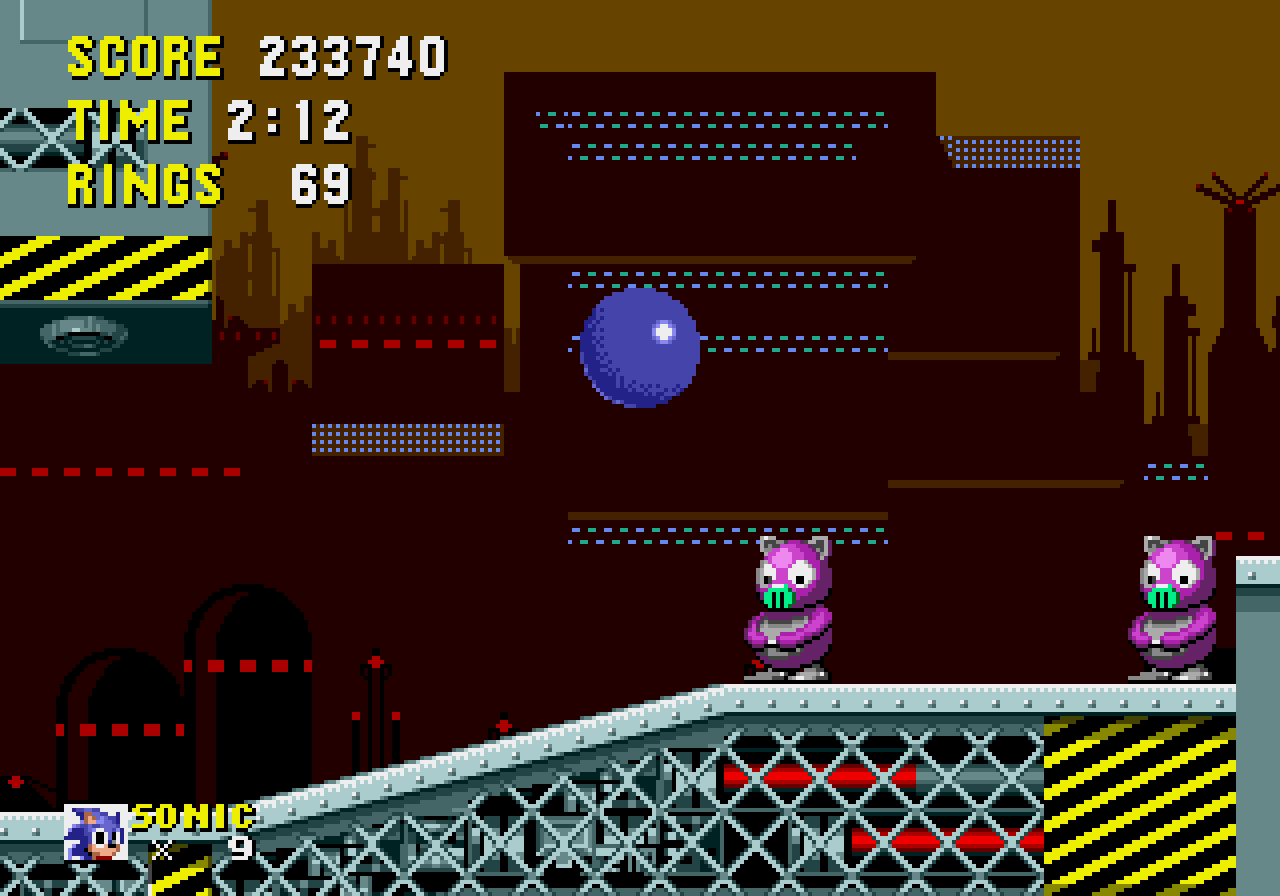
One other thing I like: the backgrounds in the bonus stages looking like the cover to a math textbook I would have used in school.
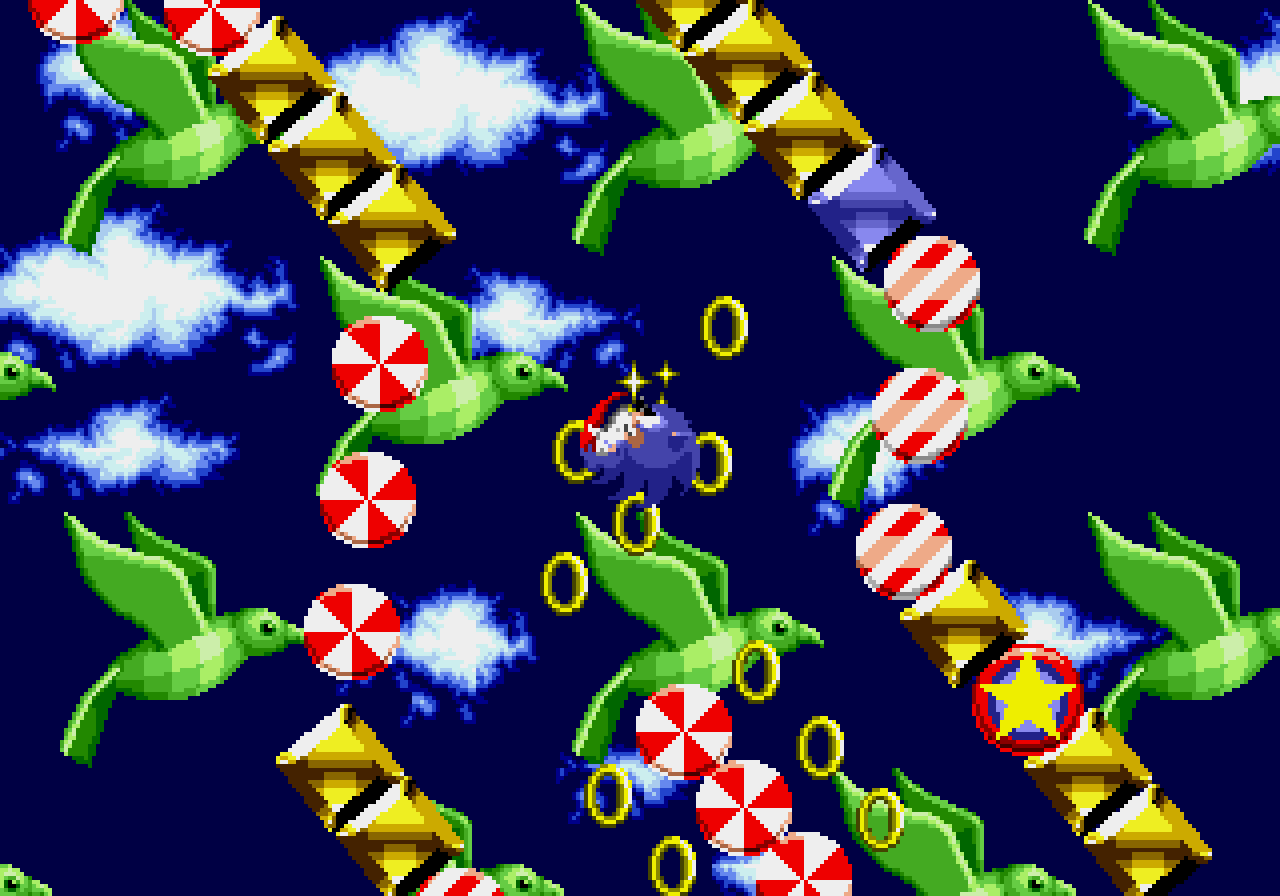
So, Was Sonic Ever Good? No, Sonic was fucking great!
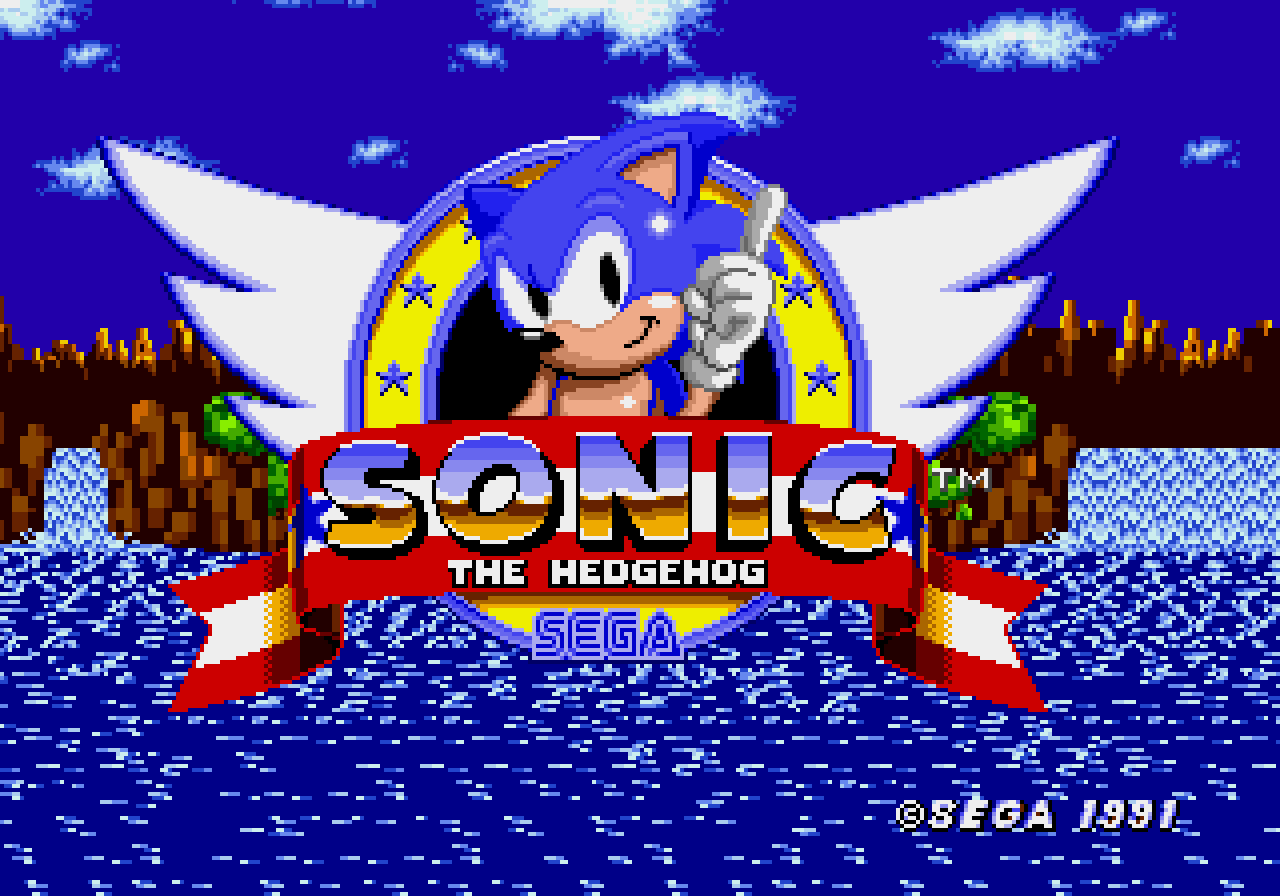


Comments